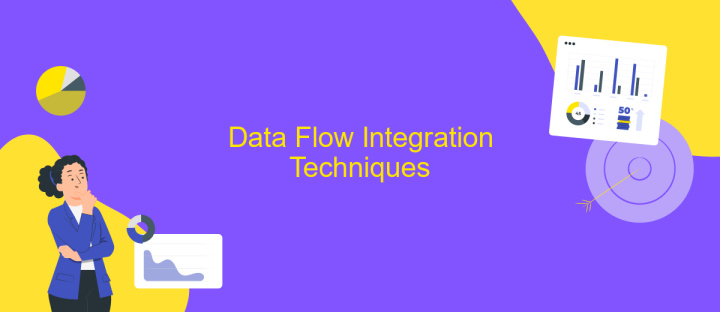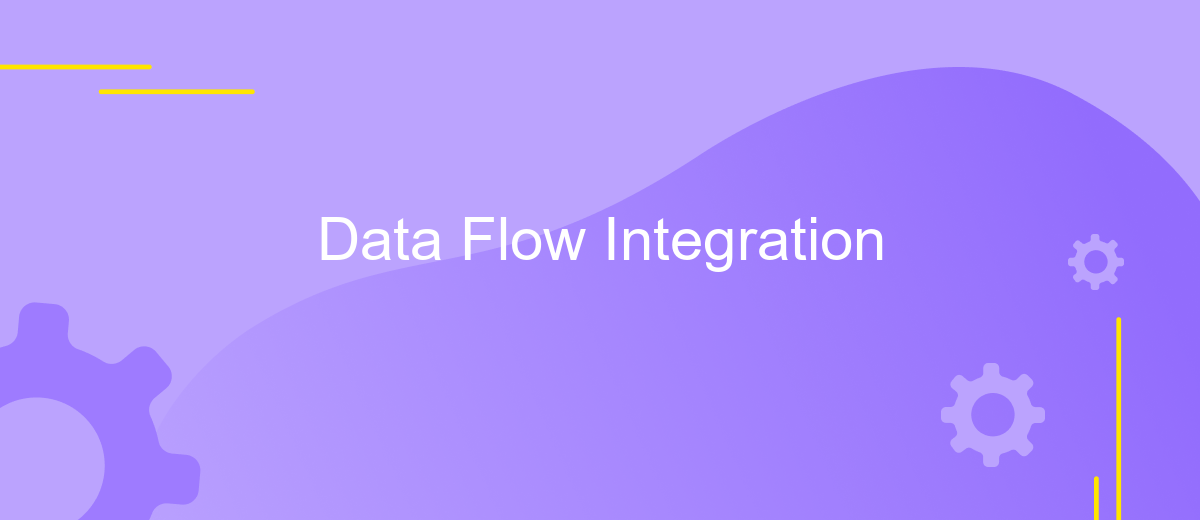Data Flow Integration
Data Flow Integration is a crucial aspect of modern data management, enabling seamless communication and data exchange between diverse systems and applications. By streamlining the movement of data across various platforms, it ensures that organizations can maintain data consistency, improve operational efficiency, and make informed decisions. This article explores the key concepts, benefits, and best practices for effective data flow integration.
Introduction
Data Flow Integration is a crucial aspect of modern data management, enabling seamless communication between various data sources and applications. It ensures that data is consistently and accurately transferred across systems, facilitating real-time analytics, decision-making, and operational efficiency. As organizations increasingly rely on diverse data ecosystems, effective data flow integration becomes essential for maintaining data integrity and achieving business goals.
- Enhanced data accuracy and consistency
- Improved operational efficiency
- Real-time data analytics
- Seamless communication between systems
Implementing a robust data flow integration strategy involves leveraging advanced technologies and methodologies to streamline data processes. This includes utilizing ETL (Extract, Transform, Load) tools, APIs, and middleware solutions to automate data transfers and transformations. By doing so, organizations can break down data silos, enhance collaboration, and drive innovation. Ultimately, effective data flow integration is a cornerstone of a data-driven enterprise, enabling it to respond swiftly to market changes and customer needs.
Data Flow Integration Challenges

Data flow integration presents several challenges, primarily due to the diversity of data sources and formats. Different systems often use varying protocols and data structures, making seamless data exchange difficult. Additionally, ensuring data consistency and accuracy across multiple platforms requires sophisticated validation and error-handling mechanisms. The complexity increases when dealing with real-time data, as it demands robust infrastructure to handle continuous data streams without latency issues.
Another significant challenge is maintaining data security and compliance. Integrating data from multiple sources often involves sensitive information, necessitating stringent security measures to prevent unauthorized access and data breaches. Moreover, compliance with various regulatory standards, such as GDPR or HIPAA, adds another layer of complexity. Tools like ApiX-Drive can simplify some of these challenges by providing a unified platform for integrating different systems, automating data workflows, and ensuring secure data transfer. However, careful planning and ongoing management are essential to address these challenges effectively.
Data Flow Integration Techniques

Data flow integration techniques are essential for ensuring seamless data exchange between disparate systems. These techniques facilitate the smooth transfer, transformation, and consolidation of data, enabling organizations to leverage accurate and timely information for decision-making. Below are some common data flow integration techniques:
- ETL (Extract, Transform, Load): This method involves extracting data from various sources, transforming it into a suitable format, and loading it into a target system.
- Data Replication: This technique involves copying data from one database to another to ensure consistency and availability across multiple systems.
- Data Virtualization: This approach allows users to access and query data in real-time without needing to know its physical location or format.
- API Integration: This method uses Application Programming Interfaces (APIs) to enable different software systems to communicate and exchange data seamlessly.
- Message Queuing: This technique involves sending data as messages through a queue, ensuring that information is delivered and processed in the correct order.
Each of these techniques has its own advantages and is suited to different scenarios. Selecting the appropriate data flow integration method depends on the specific requirements of the organization, including data volume, frequency of updates, and the complexity of data transformations needed.
Benefits of Data Flow Integration

Data flow integration is a critical component for modern businesses seeking to streamline operations and enhance decision-making processes. By seamlessly connecting disparate data sources, organizations can achieve a unified view of their data, leading to more accurate insights and informed decisions.
One of the primary advantages of data flow integration is the ability to automate data transfer between systems, reducing manual intervention and the risk of human error. This automation not only saves time but also ensures that data is up-to-date and consistent across all platforms.
- Improved data accuracy and consistency
- Enhanced operational efficiency
- Real-time data availability
- Reduced operational costs
- Better decision-making capabilities
Ultimately, data flow integration empowers businesses to leverage their data more effectively, driving innovation and competitive advantage. By breaking down data silos and facilitating seamless data exchange, organizations can unlock the full potential of their data assets, leading to sustained growth and success.


Conclusion
In conclusion, Data Flow Integration is a critical component in modern data management and business operations. It allows for seamless data exchange between disparate systems, ensuring that information is consistently up-to-date and accessible. This integration not only enhances operational efficiency but also supports informed decision-making by providing a holistic view of organizational data.
Tools like ApiX-Drive play an essential role in simplifying the integration process. By offering a user-friendly interface and robust functionality, ApiX-Drive enables businesses to effortlessly connect various applications and automate data workflows. This reduces the need for manual data handling, minimizes errors, and frees up valuable resources, allowing organizations to focus on strategic initiatives. As technology continues to evolve, the importance of efficient data flow integration will only grow, making it imperative for businesses to leverage advanced solutions like ApiX-Drive to stay competitive.
FAQ
What is Data Flow Integration?
Why is Data Flow Integration important for businesses?
What are some common challenges in Data Flow Integration?
How can businesses automate Data Flow Integration?
What should businesses consider when choosing a Data Flow Integration tool?
Apix-Drive will help optimize business processes, save you from a lot of routine tasks and unnecessary costs for automation, attracting additional specialists. Try setting up a free test connection with ApiX-Drive and see for yourself. Now you have to think about where to invest the freed time and money!

